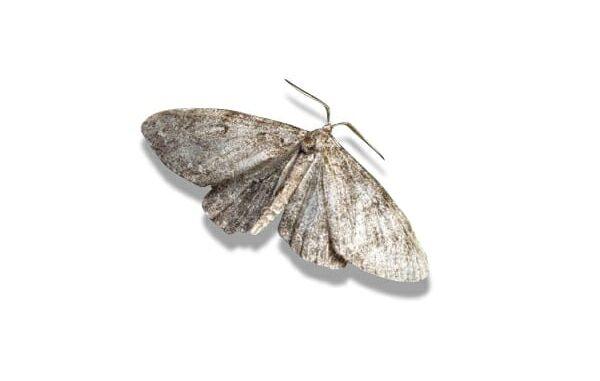
Common Household Moths in Zimbabwe and Control Strategies
Have you got a problem with common household moths in Harare and Zimbabwe? Call 0772593344 for affordable and reliable pest control solutions today.
Zimbabwe, with its diverse climate and abundant vegetation, provides a suitable habitat for various moth species. While many moths are harmless and even beneficial pollinators, some species find their way into our homes, causing damage to clothing, stored food, and other household items. Understanding the common household moths in Zimbabwe and implementing effective control strategies is crucial for protecting your belongings and maintaining a clean, pest-free environment. This blog post will explore the most prevalent household moth species found in Zimbabwe, their identifying characteristics, the damage they cause, and comprehensive strategies for their control and prevention.
Common Household Moth Species in Zimbabwe:
While a definitive, exhaustive list for Zimbabwe specifically is difficult to compile without extensive entomological surveys, we can extrapolate based on prevalent species in similar climates and regions of Africa. The following species are likely culprits in many Zimbabwean homes:
Clothes Moths (Tineidae family): This family encompasses several species, all sharing a similar appearance and behaviour. The most common culprits are likely the Common Clothes Moth ( Tineola bisselliella) and the Case-Bearing Clothes Moth (Tinea pellionella). These tiny moths are typically beige or light brown, with inconspicuous markings. They are attracted to natural fibers like wool, silk, cashmere, and feathers. The larvae, not the adult moths, are the destructive agents, feeding on fabrics and creating unsightly holes.
Indian Meal Moths ( Plodia interpunctella): These are pantry pests, feeding on stored grains, cereals, dried fruits, nuts, and other dried food items. They are easily identifiable by their distinctive colouring: a reddish-brown head and wings with a light bronze-grey band. Their larvae spin silken webbing, contaminating stored foods with their frass (excrement) and making them unsuitable for consumption.
Warehouse Moths ( Ephestia elutella): Similar to Indian Meal Moths, Warehouse Moths infest stored food products, particularly grains, flour, and dried fruits. They are slightly darker in color than Indian Meal Moths and often found in larger quantities. Like Indian Meal Moths, the larvae cause the most damage.
Identifying the Culprits:
Accurate identification of common household moths is crucial for effective control in Harare and Zimbabwe. Pay close attention to:
Location: Are the moths found in closets, pantries, or other specific areas? This helps determine the type of moth.
Appearance: Note the size, colour, and any distinctive markings on the moths’ wings.
Damage: Examine the damage caused to fabrics or food items. Clothes moth larvae create holes in fabrics, while pantry moths leave webbing and frass.
Larvae: Look for small, whitish or cream-coloured larvae. These are often the primary source of the damage.
Common Household Moths Control Strategies in Zimbabwe:
Pest Portal Zimbabwe offers affordable and reliable common household moth scontrol services. We are a reputable moth control company that has tried and proven strategies to keep your moth problem at bay. We use family, pet and enironmentally friendly methods to eliminate your problem. Our moth control services are guaranteed too. Get in touch on 0772593344 today.
A multi-pronged approach is often necessary for effective common household moths control:
1. Sanitation and Hygiene:
Regular cleaning: Thoroughly vacuum carpets, rugs, and upholstered furniture regularly to remove moth larvae and eggs. Pay particular attention to crevices and corners.
Decluttering: Remove unnecessary clothing, linens, and stored food items. This reduces potential breeding grounds.
Proper storage: Store clothes in airtight containers, preferably cedar chests or bags containing cedar chips, lavender, or other natural moth repellents.
Food storage: Store dry goods in airtight containers to prevent moth infestation. Check expiration dates regularly and discard outdated items.
Prevention of Common Household Moths in Harare & Zimbabwe:
The best approach to moth control is prevention. Regular cleaning, proper storage, and the use of natural repellents can significantly reduce the likelihood of infestation.
Conclusion:
Household moths can be a nuisance, causing damage to valuable belongings and contaminating food supplies. By understanding the common species found in Zimbabwe, implementing effective control strategies, and prioritizing preventative measures, you can create a pest-free and enjoyable home environment. Remember that a combination of methods is often the most effective approach, tailoring your strategy to the specific type of moth and the extent of the infestation. If you’re dealing with a severe infestation, seeking professional pest control services might be necessary.

greatness in style